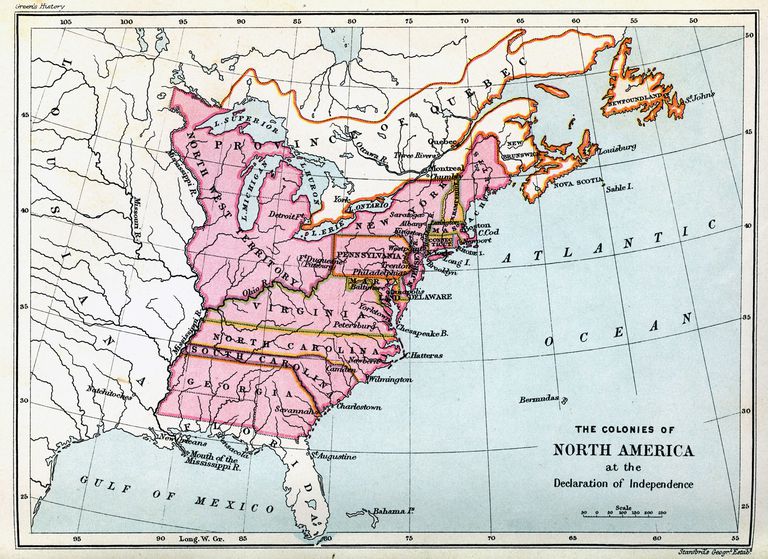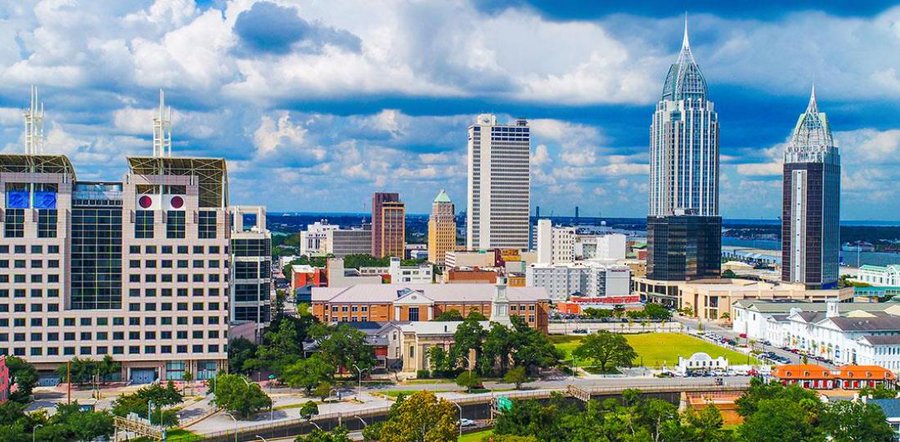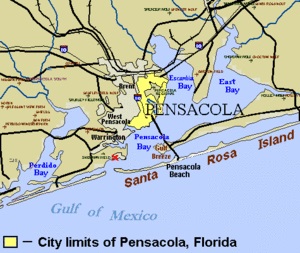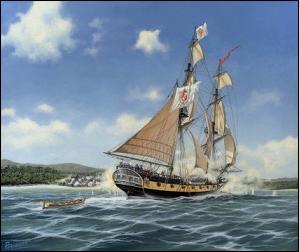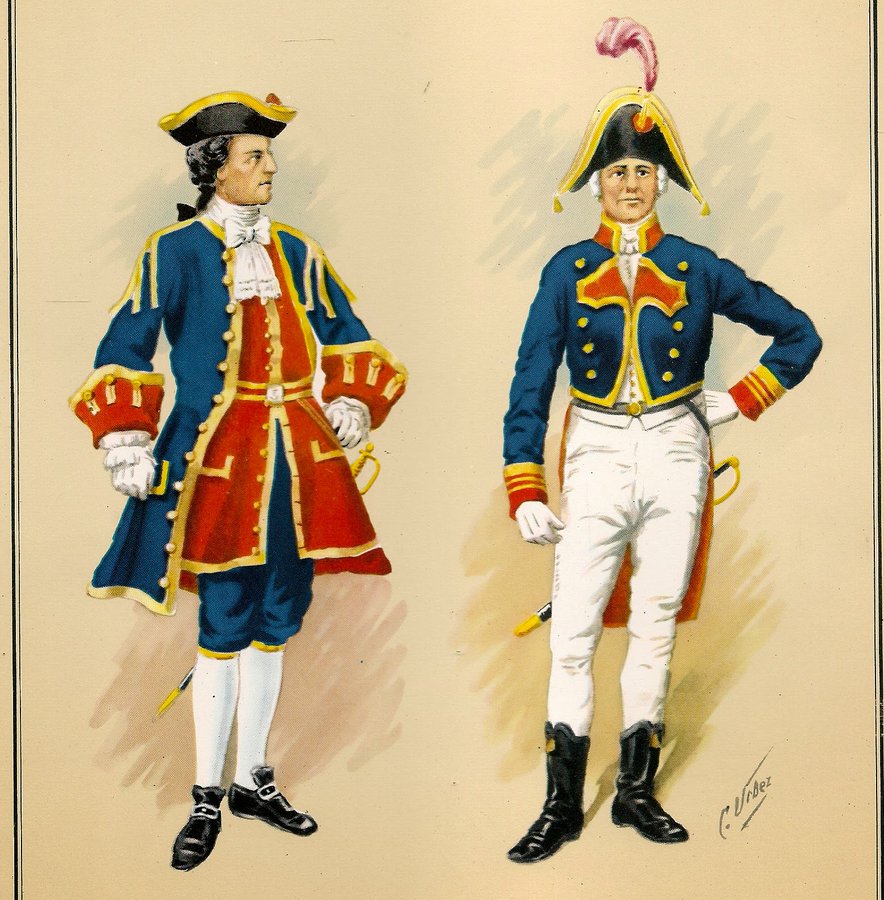#SpanishHeritage
https://twitter.com/Dario_Madrid_F/status/1390954581220372482">https://twitter.com/Dario_Mad...
#Spain saw a great opportunity to strike back at the British in the war that led to the Treaty of Paris when the British Thirteen Colonies revolted. Because of that war Spain had lost Florida and possessions east and southeast of the #Mississippi River.
On 21 June 1779, King Carlos III declared war on Great Britain. Bernardo de Gálvez, aware of the declaration of war, set out to recapture Florida, Mobila and Panzacola. On 27 August 1779, he began the offensive with a force of 669 men.
The first objective is #BatonRouge. Along the wooded and swampy road, 600 more volunteers were enlisted, including 160 Indians. On 18 September 1779, they reached their first objective. Thanks to artillery, the British were thwarted and achieved their first victory.
On 14 January 1780, he formed a convoy of 12 ships, 1,000 men, and launched against #Mobile, #Alabama. He began the siege on 28 February. On 13 March the town surrendered thanks to artillery with 18-pounder and 24-pounder pieces that shattered the walls of Fort Charlotte.
Hostilities against Pensacola began in January 1781. The British stronghold of Pensacola was the most important stronghold in West Florida, defended by a contingent of 2,500 troops and the impressive guns of Barrancas Coloradas (Red Ravines?).
To take Pensacola, it was necessary to overcome the crossfire from coastal batteries and rifle fire from loopholes in the forward defence positions on Santa Rosa Island, which closes the bay, and in a fort across the channel.
Gálvez seized the island, but the cannon fire of the British batteries made it difficult for the main body of the fleet to penetrate the island, making it difficult for the ships to fire effectively and for the infantrymen to disembark.
Galvez presented himself in front of Pensacola with a fleet of 50 ships, but the reluctance of the Spanish fleet commander caused Galvez to launch himself with only four ships: "Whoever has honour and courage should follow me. I go ahead with the Galvezton to take away his fear".
The four ships entered the bay under expected enemy fire. With little damage, sails unfurled and the Galvezton firing, the four passed through the barrage of fire and reached an area sheltered from artillery and the harassment of the sea.
The rest of the fleet, in view of the success of the temerity, followed Bernardo a Gálvez to suffer the same fate, which they did, except for Admiral José Calvo de Irazábal, who returned to Havana angry and upset.
From the position won, the Spanish artillery on the mainland began to beat the British positions: the forts of the Media Luna and Jorge and other small redoubts. On 8 May 1781, the Spanish victory was uncontested. The capitulation was signed on 10 May.
La toma de Pensacola supone el fin de la campaña militar en la región del Misisipi y la Florida occidental, que vuelve a manos españolas. Los objetivos marcados por Carlos III para sus tropas han sido satisfechos: el Golfo de México está prácticamente libre de fuerzas inglesas.
As usual, this thread can be read in Spanish on @Dario_Madrid_F website. It serves as a tribute to those men who, during the reign of Carlos III, once again stood up to the English. https://dariomadrid.com/bernardo-de-galvez-contra-la-gran-bretana-yo-solo/">https://dariomadrid.com/bernardo-...
A very detailed account of the exploits of Bernardo de Gálvez can be read in our website, from a great work by @goyix_salduero which we simply translated. https://www.webhispania.info/history/bernardo-de-galvez-i-the-legend-begins/">https://www.webhispania.info/history/b...

 Read on Twitter
Read on Twitter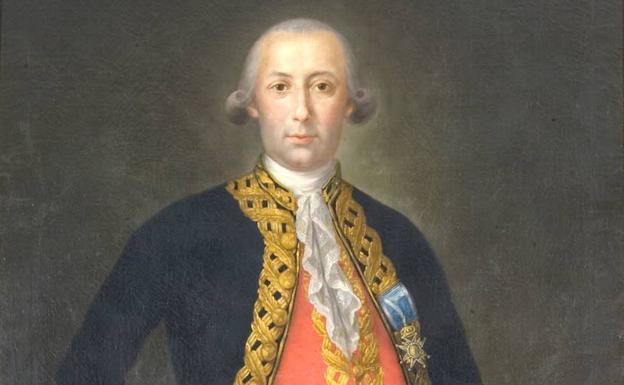 https://abs.twimg.com/emoji/v2/... draggable="false" alt="🇺🇸" title="Flagge der Vereinigten Staaten" aria-label="Emoji: Flagge der Vereinigten Staaten">https://abs.twimg.com/emoji/v2/... draggable="false" alt="🇪🇸" title="Flagge von Spanien" aria-label="Emoji: Flagge von Spanien"> #OnThisDay in 1781, an army sent by His Majesty King Carlos III under the command of Bernardo de Gálvez defeated the British at #Pensacola, recovering #Florida, which had been in British hands since the Treaty of Paris in 1763. #SpanishHeritage https://twitter.com/Dario_Mad..." title="https://abs.twimg.com/emoji/v2/... draggable="false" alt="🇬🇧" title="Flagge des Vereinigten Königreiches" aria-label="Emoji: Flagge des Vereinigten Königreiches">https://abs.twimg.com/emoji/v2/... draggable="false" alt="🇺🇸" title="Flagge der Vereinigten Staaten" aria-label="Emoji: Flagge der Vereinigten Staaten">https://abs.twimg.com/emoji/v2/... draggable="false" alt="🇪🇸" title="Flagge von Spanien" aria-label="Emoji: Flagge von Spanien"> #OnThisDay in 1781, an army sent by His Majesty King Carlos III under the command of Bernardo de Gálvez defeated the British at #Pensacola, recovering #Florida, which had been in British hands since the Treaty of Paris in 1763. #SpanishHeritage https://twitter.com/Dario_Mad..." class="img-responsive" style="max-width:100%;"/>
https://abs.twimg.com/emoji/v2/... draggable="false" alt="🇺🇸" title="Flagge der Vereinigten Staaten" aria-label="Emoji: Flagge der Vereinigten Staaten">https://abs.twimg.com/emoji/v2/... draggable="false" alt="🇪🇸" title="Flagge von Spanien" aria-label="Emoji: Flagge von Spanien"> #OnThisDay in 1781, an army sent by His Majesty King Carlos III under the command of Bernardo de Gálvez defeated the British at #Pensacola, recovering #Florida, which had been in British hands since the Treaty of Paris in 1763. #SpanishHeritage https://twitter.com/Dario_Mad..." title="https://abs.twimg.com/emoji/v2/... draggable="false" alt="🇬🇧" title="Flagge des Vereinigten Königreiches" aria-label="Emoji: Flagge des Vereinigten Königreiches">https://abs.twimg.com/emoji/v2/... draggable="false" alt="🇺🇸" title="Flagge der Vereinigten Staaten" aria-label="Emoji: Flagge der Vereinigten Staaten">https://abs.twimg.com/emoji/v2/... draggable="false" alt="🇪🇸" title="Flagge von Spanien" aria-label="Emoji: Flagge von Spanien"> #OnThisDay in 1781, an army sent by His Majesty King Carlos III under the command of Bernardo de Gálvez defeated the British at #Pensacola, recovering #Florida, which had been in British hands since the Treaty of Paris in 1763. #SpanishHeritage https://twitter.com/Dario_Mad..." class="img-responsive" style="max-width:100%;"/>
